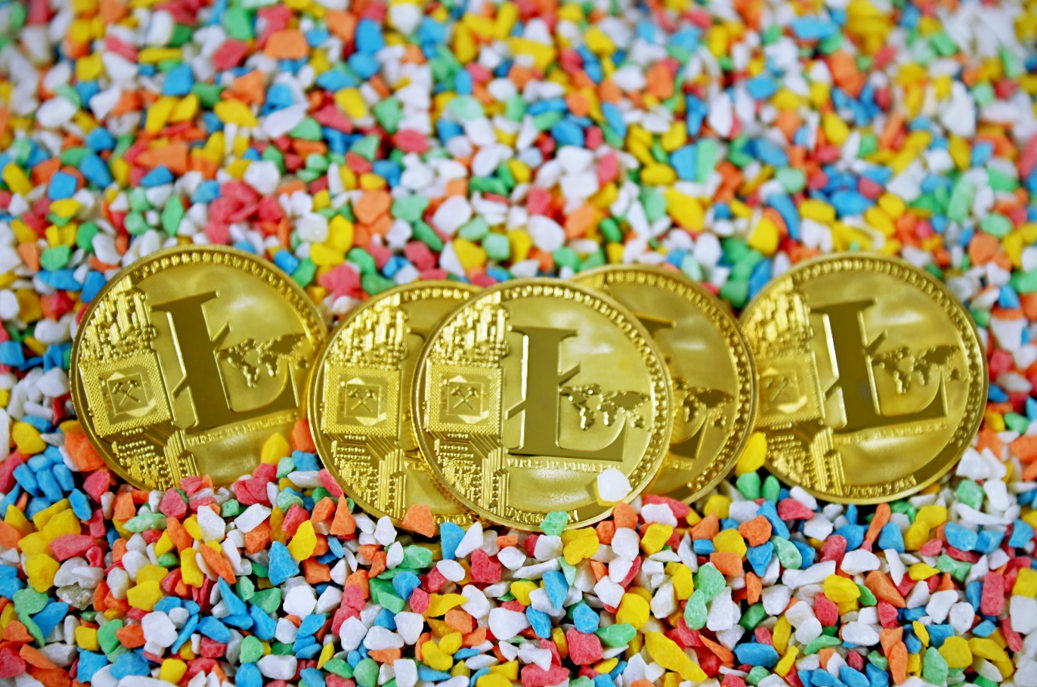
Litecoin’s price is heading for a bumpy road in the months leading up to its third halving event.
After breaking several records in the first weeks of May and seeing a new wave of interest due to the emergence of LTC-20 tokens, the currency is now once again trading below the $90 resistance point.
The original altcoin's next halving is expected to happen on August 5, 60 days from now. This is when the miners’ reward wil be cut in half, an inflation-controlling mechanism that decreases the amount of new currency entering the market. As one of the last proof-of-work (PoW) chains standing, the event could potentially be a lucrative opportunity for the oldest and biggest investors in the ecosystem - crypto whales.
Historical data points to price increases starting from two to four weeks prior to halving events. However, whales had already started to churn up Litecoin’s waters before 2022 was even over.
And if an inflationary cut was not enough to build momentum, on May 1st the Litecoin community announced it would be testing LTC-20 tokens using the equivalent of Bitcoin's ordinals.
Litecoin was born in 2011 as a project for building a lighter and faster cryptocurrency that could easily accommodate P2P payments. As its creator, Charlie Lee, explained, “Litecoin is the silver to Bitcoin’s gold”.
Often, as happened with Lightning Network and Mimblewimble extension blocks (MWEB), the Litecoin blockchain is used to test upgrades that are later implemented in Bitcoin. However, with ordinals and LTC-20, the order of events was reversed.
In March, the BRC-20 token standard was trialled on the Bitcoin network. Ordinals are used to specifiy and inscribe information on the smallest unit of a currency, and can be used to create NFTs, and through BRC-20, whole token ecosystems with off-chain balance states.
The Litecoin community watched carefully, and in May it replicated the move, trying its own version: LTC-20. The community describes the new standard as “just a fun experimental standard demonstrating that you can create off-chain balance states with inscriptions.”
Immediately, it caused hype. Since launch, newly created wallet addresses spiked to unprecedented numbers, mostly controlled by investors buying less than 1 LTC.
The Daily Active Addresses (DDA) metric, which measures the daily number of unique wallet addresses performing transactions on a blockchain network, spiked 200% for Litecoin in May, recording a maximum of 832,000 addresses on May 10.
Open interest in Litecoin futures derivative contracts jumped 20% year-to-date, surpassing $420 million.
Together with the market anticipation regarding the third halving moment, this led Litecoin price to surge during the first three weeks of May.
There is a long-awaited dream of Litecoin enthusiasts that its price will some day surpass the $120 resistance point. However, despite all the recent hype, bullish sentiment started to wane before the price reached $100.
The price began falling again earlier this week, and LTC is now trading below $90, with the network activity level also dropping.
Yet, the dream is far from dead.
The network is as healthy as it has ever been. It continues with no downtime to report and has just reached 160 million transactions. As we continue marching towards halving, the price roller coaster may be far from over.

